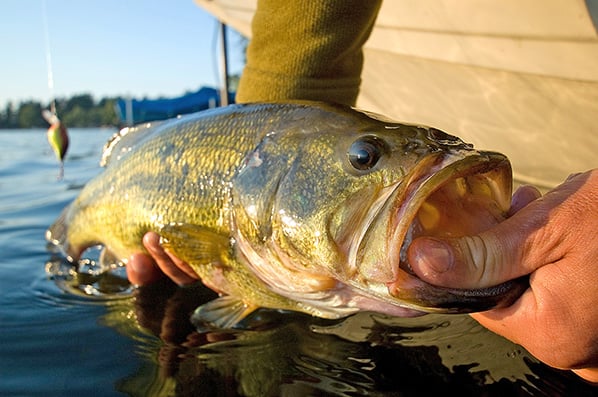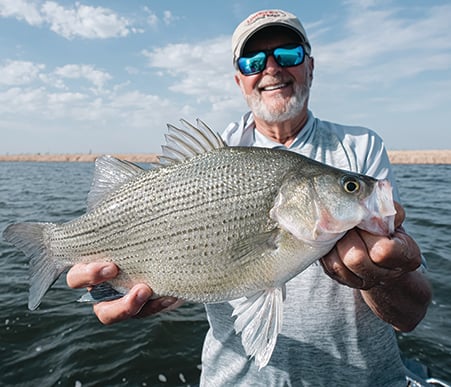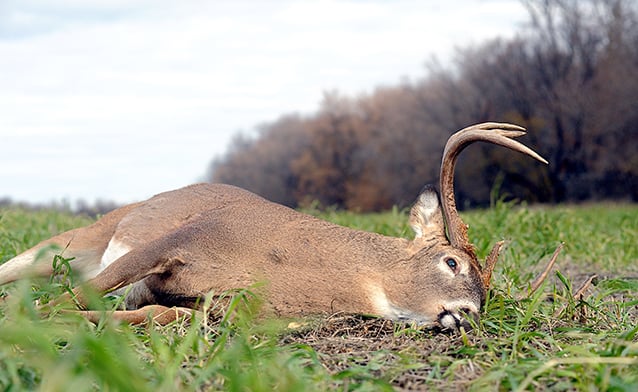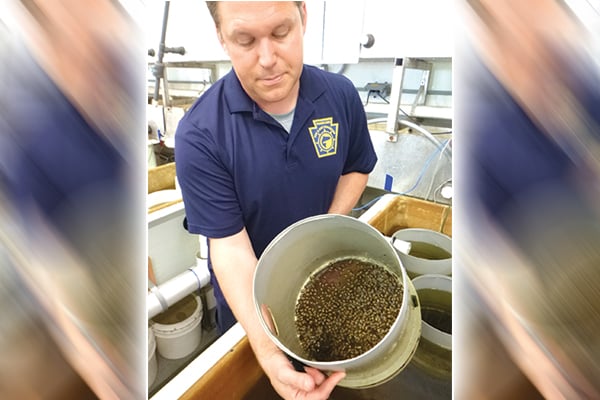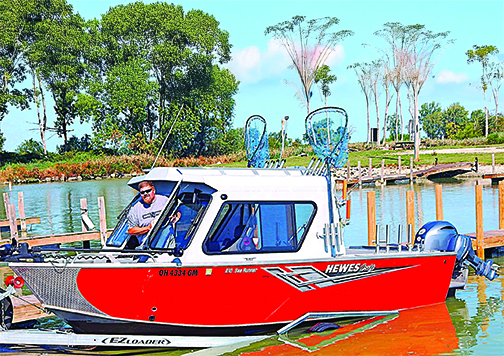Bowhunters played major role in tracking expansion of Illinois bobcats – Outdoor News
Springfield — Despite the difficulty people have spotting bobcats in Illinois’ wilderness, DNR relied on sightings by the public to document the predator’s expansion in the state.
This intriguing point was made in a recent study led by Dr. Javan Bauder, an assistant unit leader for the U.S. Geological Survey. Using data from 2001 to 2018, Bauder and his team documented how bobcats’ ranges have expanded from a southern Illinois stronghold to a statewide presence.
Bobcat “occupancy” in the state essentially doubled, from being found in 43% of counties – mainly in southwestern counties – to 83% of counties over the course of the study.
Researchers took strong notice of how DNR gathered information from “community scientists,” especially bowhunters who fill out surveys each year to report sightings of wildlife, including bobcats.
“People who participate in collecting community wildlife programs, like Illinois’ archery deer hunter surveys, are helping manage and conserve our wildlife resources,” Bauder explained. “Public participation in collection of wildlife data exponentially expands our ability to collect information on where wildlife occur and how they respond to current and future landscapes and environments.”
MORE COVERAGE FROM OUTDOOR NEWS:
Illinois hunters, trappers tag most bobcats ever this past season
Illinois gobbler ranked 7th heaviest in state history, top tom taken by female hunter
From bass to panfish, topwater lures dominate in June
Published in Landscape Ecology, the study explained how low densities and cryptic behaviors of many animals such as bobcats make them challenging subjects for traditional research methods. Citizen scientists provide information that covers vast time periods and geographical scales that would be logistically challenging for researchers alone.
Sportsmen were given top billing for their valuable contributions.
“The numbers of hunters participating in these surveys each year was pretty remarkable,” Bauder said. “We averaged over 1,600 hunters per year participating and had as many as 2,700 hunters participate during a single year.”
Many Illinois hunters and trappers enjoy the opportunity to help wildlife agencies monitor wildlife trends by reporting what they see in their areas, DNR Wildlife Diversity Program Manager Stan McTaggart said.
“This information not only enhances our understanding of ecological dynamics but also cultivates a commitment to appreciate, manage and protect the wildlife that we all share,” McTaggart said.
Across Illinois, bobcats have slowly been reclaiming their territory over the past few decades.
“The big takeaway from our study is that bobcats have been able to successfully recolonize most of Illinois after being absent in parts of the state for many years,” Bauder said. “I think that this is all the more remarkable considering how agriculture dominates much of Illinois’ landscape and highlights the versatility of bobcats as a species.”
In order to estimate patterns in bobcat occurrences and understand the factors influencing the recolonization, Bauder employed sophisticated, multi-scale dynamic occupancy models. These statistical models revealed a substantial increase in bobcat distribution in Illinois counties over time.
The combination of thousands of observations from hunters and space-age statistical models also allowed Bauder to unravel the factors influencing bobcats’ recolonization over time. Surprisingly, the study found that county-level landscape features did not have as large effects as expected on the recolonization. The primary effects and the probability of colonizing a new county the following year were linked to the availability of forest and wetland habitat.
Another landscape feature that was important were river corridors, especially those along the Mississippi and Illinois rivers.
While the large rivers may have initially blocked bobcats from immigrating easily into Illinois, the corridors themselves emerged as vital travel routes and sanctuaries for bobcats.
These sinuous ribbons of riparian habitats provide a verdant pathway that fosters biodiversity by connecting fragmented habitats and enabling the movement of wildlife across different regions.
When asked what surprised him the most about his findings, Bauder pointed to how clearly the research team was able to see bobcats expand their distribution in Illinois.
“In 2001, bobcats were most likely to be seen in southern Illinois – over the next 18 years, our model showed bobcats steadily expanding within southern Illinois and north along the Mississippi and Illinois rivers,” he said.
“By 2018, our model predicted that bobcats were widespread throughout Illinois.”
Other parameters estimated by the team’s model also indicated bobcat expansion within Illinois, such as an increasing probability of hunters seeing or detecting bobcats.
“We were also surprised to see that landscape features, such as the amount of forest or grassland in a county, did not have as strong an influence on bobcat recolonization as we expected – although our model did indicate that bobcats were positively associated with greater amounts of forest and grassland within a county,” Bauder said.
Max Allen, who participated in Bauder’s study on bobcat expansion and the role of community scientists, is a carnivore ecologist with the University of Illinois. This article originally appeared in Outdoor Illinois Wildlife Journal.
Source: https://www.outdoornews.com/2024/06/10/bowhunters-played-major-role-in-tracking-of-illinois-bobcats/


